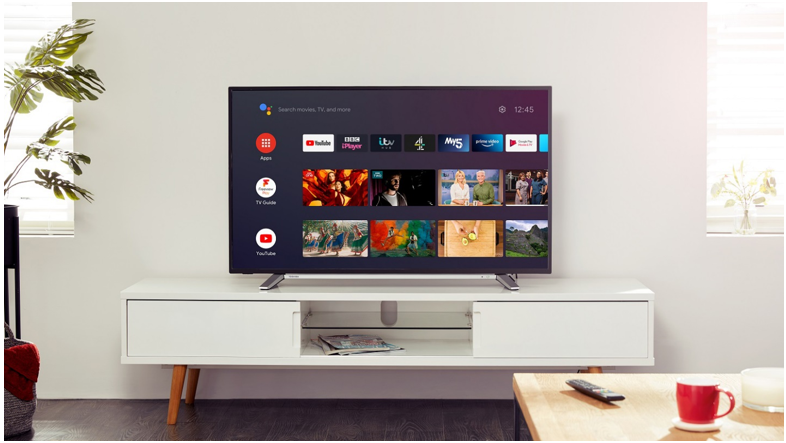A smart TV is a TV that has access to the internet. It allows users to stream content (videos and music), browse the web, play games, and view pictures. Smart TVs and streaming devices have more or less the same features. Streaming devices are the preferred choice for those who have an older version of smart TV. You may want to check with your cable provider as some offer on demand streaming choices which come with Cox internet services.
There is a great variety of smart TVs in the market and choosing between them can be rather difficult. The best way to find the most suitable smart TV for your home is to first determine your budget and see which features are important to you. Here are some factors that you need to keep in mind when purchasing a smart TV.
1#. Brand
First of all, you need to decide which brand to choose. Usually, consumers go for market leaders such as LG, Sony and Samsung. However, if you don’t want to spend a lot of money, you can also check out smart TVs by reliable companies like Xiamo and TCL. But do consider the warranty offered and do your research about the after-sale services offered by the company. If you’re purchasing from an offline store, do not choose the brand solely on the recommendation of the sales executive. Check reviews and do comparative analysis before you reach a conclusion.
2#. Size
You then need to determine the size that would be suitable for your space. Remember, big is not always better. If your space is not wide enough to accommodate a 65’ panel, you should probably go for a 40’ panel model. You also need to take into account the fact that you will not just be using your smart TV to watch movies and shows; you’ll also be browsing the internet and doing so at a closer distance wouldn’t be a good idea.
A simple formula to figure out the size of your smart TV is to measure the distance from your sofa/bed to the wall in inches and divide that by three. For example, if you are 10 feet away, divide 120 (10 feet in inches) by 3 and the recommended size of smart TV, in this case, would be 40 inches.
3#. Picture Quality
You can’t be sure of the picture quality of a smart TV by just looking at the promo images and technical specifications. You need to watch it in person. Ideally, the picture quality should have a high contrast ratio. The higher the ratio, the better the quality. Also, try to find a model with a wide color gamut because it makes the images on the screen appear realistic. Do not forget to check all viewing angles; there should be no shifting of color and contrast when you view the panel from a different angle.
Lastly, if you can afford a smart TV with an HDR feature, get it. HDR (high dynamic range) is a new TV technology that automatically adjusts the brightness of the screen to achieve the most accurate colors possible. It enhances the colors and details you see on the screen.
4#. Match Features to Habits
When buying a smart TV for your home, you need to be well aware of your needs as a user. If you’d be largely using the TV to watch movies, then you should purchase one with OLED. It stands for organic light-emitting diode; in OLED the pixels are self-illuminating and hence provide the best color contrast. If you’re into watching live sports, you should get a smart TV with a high processor speed and good refresh rate (number of times a display refreshes its content per second). Similarly, a smart TV for a room with bright lights and big windows should have a glare-resistant screen instead of a glossy one.
5#. Connectivity
A smart Tv is not smart enough if it doesn’t have solid connectivity features, particularly those that connect it to other smart devices. It must have USB ports, HDMI port, Bluetooth and Wi-Fi capabilities. Having an ethernet port is a plus. Bluetooth should at least be 4.0 or newer; Wi-Fi needs to be 802.11ac to ensure fast connection. The USB port version should at least be 3.0. You don’t need a USB Type-C if other smart devices in your home are not using Type-C yet.
Read more:
Lucas Noah, armed with a Bachelor’s degree in Information & Technology, stands as a prominent figure in the realm of tech journalism. Currently holding the position of Senior Admin, Lucas contributes his expertise to two esteemed companies: OceanaExpress LLC and CreativeOutrank LLC. His... Read more
